Screen Painter is SAP’s standard tool for development within all ABAP based-SAP systems. It allows developers to utilize Drag and Drop technology to design and implement custom screens inside of SAP systems. It is a standard piece of the ABAP development workbench and can be accessed from any ABAP based SAP system via transaction code SE80.
Just like Visual Basic and similar development tools, It allows you to lay out the screen visually, and then simply write the code behind it to perform any necessary functions.
Advantages of Screen Painter
- It is the SAP standard tool for designing customized, ABAP based, screens inside of a SAP ABAP based system.
- It is currently fully supported by SAP and will continue to be as long as the SAP GUI is in existence. Since it is a SAP utility, primary support, when/if problems arise, is provided by SAP. This is not the case with some other development tools that offer comparable functionality. SAP support of Screen Painter can lead to decreased problem resolution time when issues are encountered as there is no need to engage a third party and the expertise regarding the tool are in-house at SAP.
- Screen painter also provides a stable interface. By using screen painter developed screens in the customer namespace with SAP provided BAPIs providing the transaction logic, a stable interface is provided that is buffered from changes to the system that could result from upgrades, patch installations, and other required changes.
- Objects developed using screen painter require no additional SAPGUI maintenance to be utilized by SAP users. It simply provides an easy method for developing a user interface. The screen and transaction logic is stored entirely within the SAP server. Developed screens and programs are fully integrated with SAP’s robust change management and security model. Because screen painter screens and programs are fully housed within SAP and use ABAP for their transaction logic, they are subject to and managed by all standard SAP security and change management procedures. This eliminates the need for developing additional policies/procedures around security and change management for custom screens as any existing SAP policies/procedures should be used.
- Screen painter is an ABAP development tool. While there are a few minor additions to these developed programs, ABAP is the language used for all transaction logic This allows utilization of existing ABAP resources and does not require any retraining of resources to develop custom screens.
In general, before a custom designed screen is created to replace existing SAP screens that perform the same functionality, a hard look should be taken at the requirement, and the SAP standard screen should be utilized if at all possible. If/when it has been determined that a custom screen is required, then a Screen Painter developed screen utilizing either predefined BAPIs and/or function modules should be the method of choice.
Types of Screens used in SAP Systems
General screens
General screens or simply screens consist of the actual layout and a flow logic. The German term for a general screen is Dynpro, meaning dynamic program. The screen flow logic is a program layer that handles screen events and lies between the actual ABAP application program and the runtime environment. The layout and flow logic of a screen program are created with the Screen Painter tool.
Selection screens
Selection screens are special screens that are created through ABAP statements and not the Screen Painter. The flow logic of selection screens is embedded in the runtime environment; the screen events are converted to selection screen events.
Classical lists
Classical lists, previously known simply as lists, are screens with a special layout that has a single output area that can be filled with formatted contents using ABAP statements. As with selection screens, the screen flow logic is embedded in the runtime environment and its events are forwarded to the ABAP program as list events.
Difference betwen Screen Painter and Menu Painter
Screen Painter is an ABAP Workbench tool used to create or modify the screens for your transactions. The screen painter allows you to make modifications to screen attributes, the flow control logic, or the layout.
Menu Painter is a tool used to design the interface components. Status, Menu Bars, Menu Lists, F-key settings, Functions, and Titles are the components of Menu Painter.



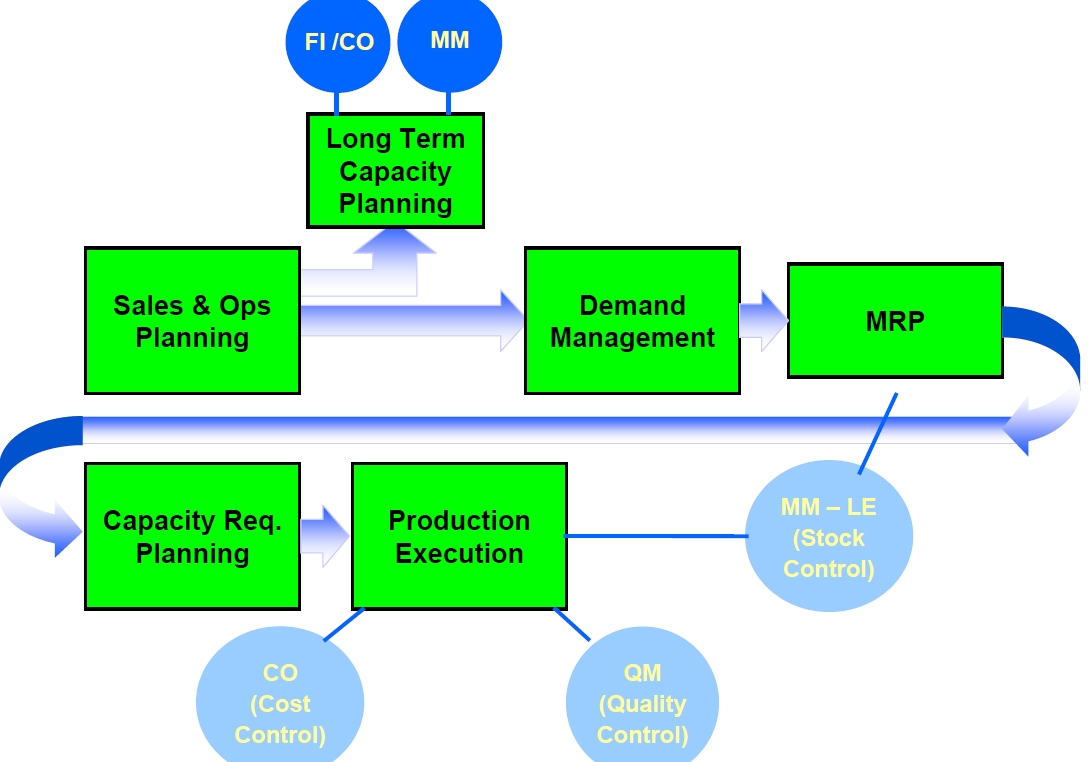

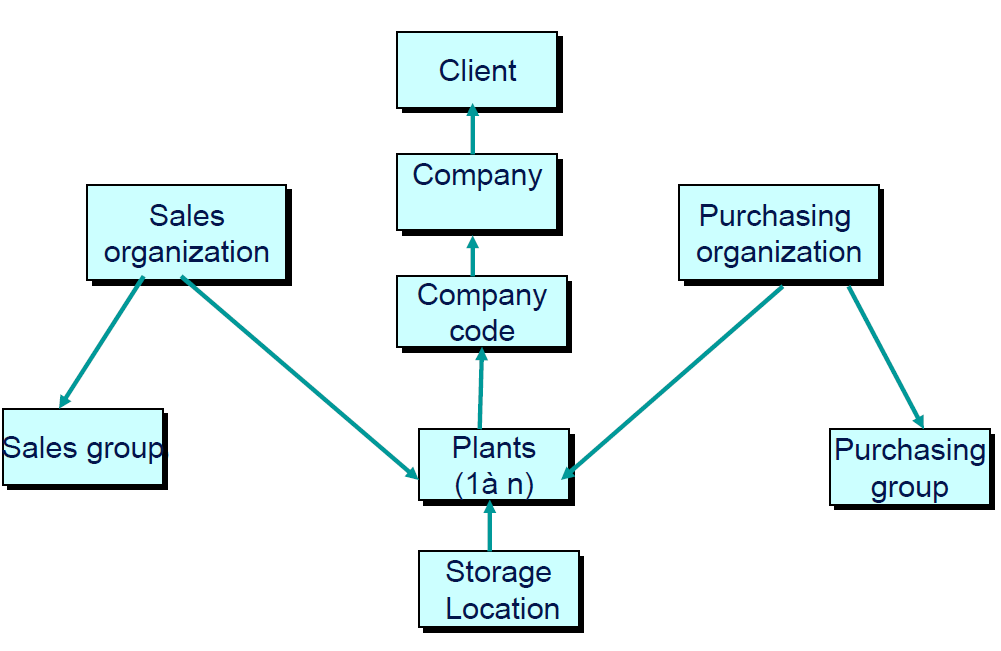
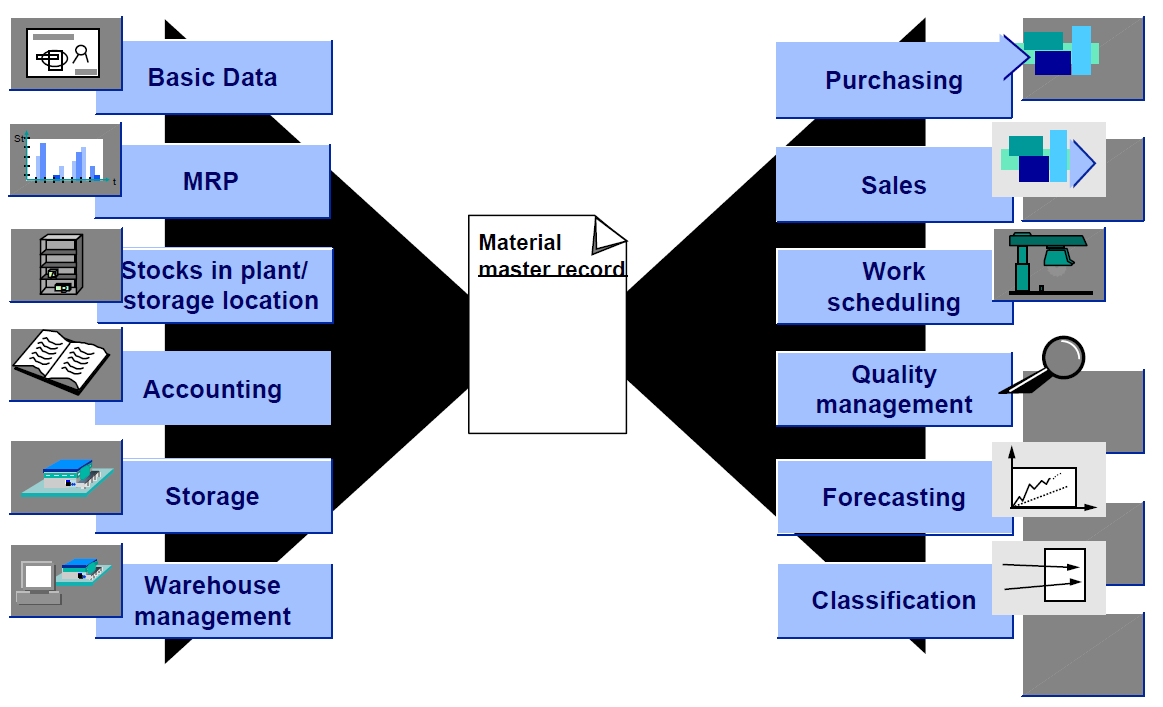
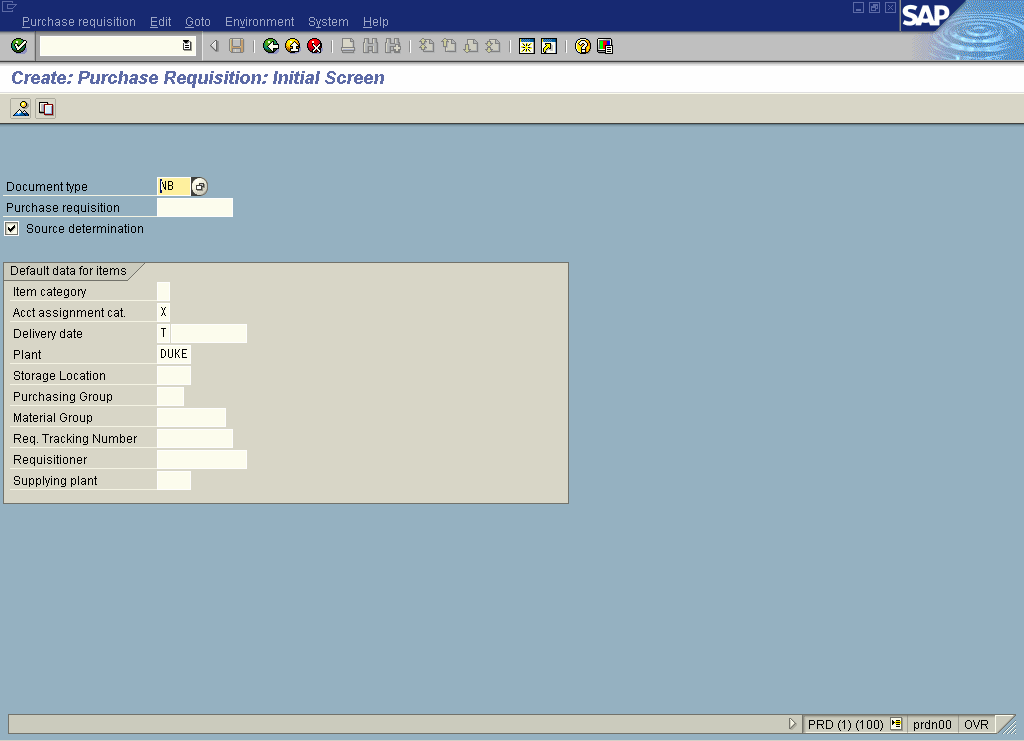
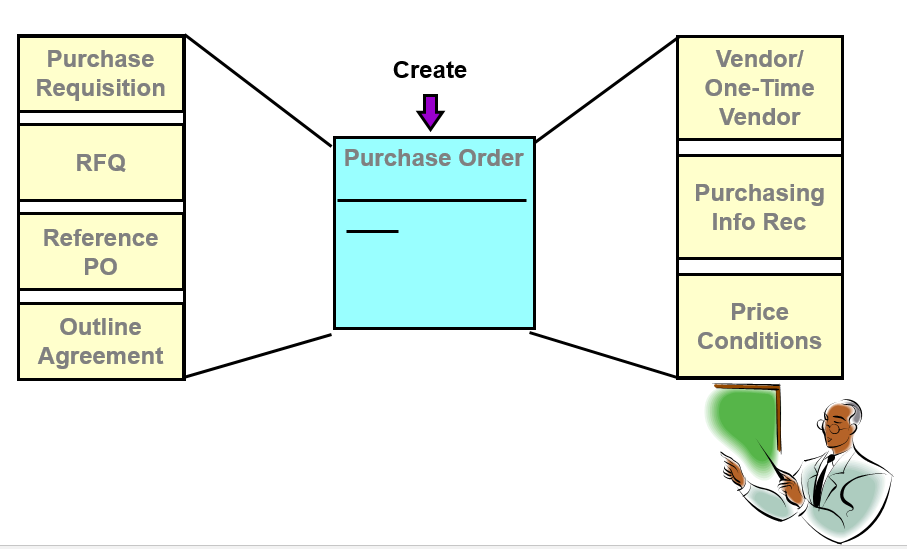
Leave a Reply